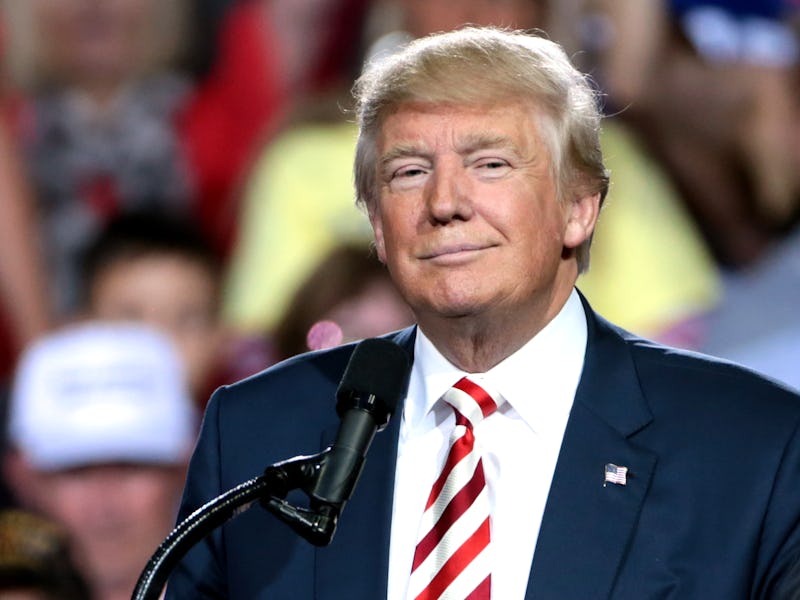Investigation Reveals Major Changes in FDA Activity Under Trump Administration
"Industry may well take the message from this that the cop is not on the beat as often."

When the United States Food and Drug Administration has reason to believe a manufacturer is violating its regulations, it has the authority to send a Warning Letter. The letters are considered essential tools in keeping consumers safe from dangerous drugs, food, beverages, and dietary supplements, like unapproved kratom or illegal young blood plasma transfusions.
"At other times, our actions to protect consumers are less discernible but equally vital."
In an investigative report published Tuesday in Science, journalist Charles Piller reveals that the number of Warning Letters sent by the FDA has dropped by one-third during the Trump administration.
The article cites FDA records showing that the organization has sent 1,033 Warning Letters from the point of President Donald Trump’s inauguration to May 22 of this year. In an equivalent period of time, the FDA under President Barack Obama sent 1,532.
Piller says experts are unsure as to exactly why this decline is happening, but they are concerned. When asked for comment, former FDA commissioner Scott Gottlieb defended the record, arguing that the FDA has become more efficient in recent years and describing Warning Letters as imperfect enforcement measures. While Warning Letters have declined under Trump, the FDA’s budget has increased, rising by 21 percent between 2016 and 2018.
The FDA issued Warning Letter to a company called Legal Lean.
Still, there is concern that the FDA is focusing its attention on some of the items under their watch and ignoring others. The FDA Center for Devices and Radiological Health, evaluates the safety and quality of medical devices, is the agency that has witnessed the largest decrease in Warning Letters sent: Under Trump, the number of Warning Letters sent by the CDRH has dropped by more than two-thirds. Two of its district offices have not issued a warning in more than two years.
Similar trends were seen across most of the FDA’s departments. The exception is the Center for Drug Evaluation and Research. Under Trump, it has issued 188 warnings, while it issued 116 under Obama. The letters issued under the Trump administration are largely concerned with opioid sales and over-the-counter generic drugs made in China and India.
The FDA has not disputed Piller’s findings but notes that “sometimes the actions we take are visible, like warning letters (or) recalls … At other times, our actions to protect consumers are less discernible but equally vital.”
Piller notes that the FDA’s numbers are falling in other areas as well. While the CDER is sending out more warning letters, it has sent out fewer warnings concerning improper conduct of clinical investigations and protection of human subjects. Under Obama, the FDA sent out 19 of these warnings; under Trump, the FDA has sent seven.
Critics say this “sluggish” approach causes real problems. For example, while FDA inspectors visited Hennepin County Medical Center after researchers were accused of giving patients ketamine in a research study without their consent, the FDA has still not sent the center a Warning Letter.
"Industry may well take the message from this that the cop is not on the beat as often."
“Those who think the Trump administration has not succeeded in its deregulatory efforts ought to look at these data,” Peter Lurie, an FDA executive under both Obama and Trump and now executive director of the Center for Science in the Public Interest, told Science. “Industry may well take the message from this that the cop is not on the beat as often.”
And when the cop is not on the beat, we get things like Coco Loko.